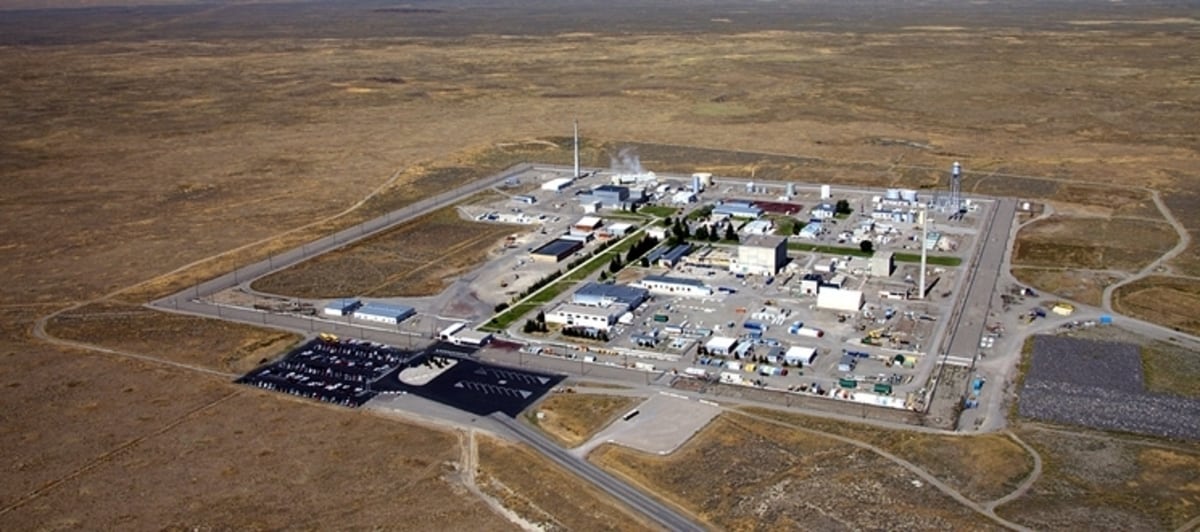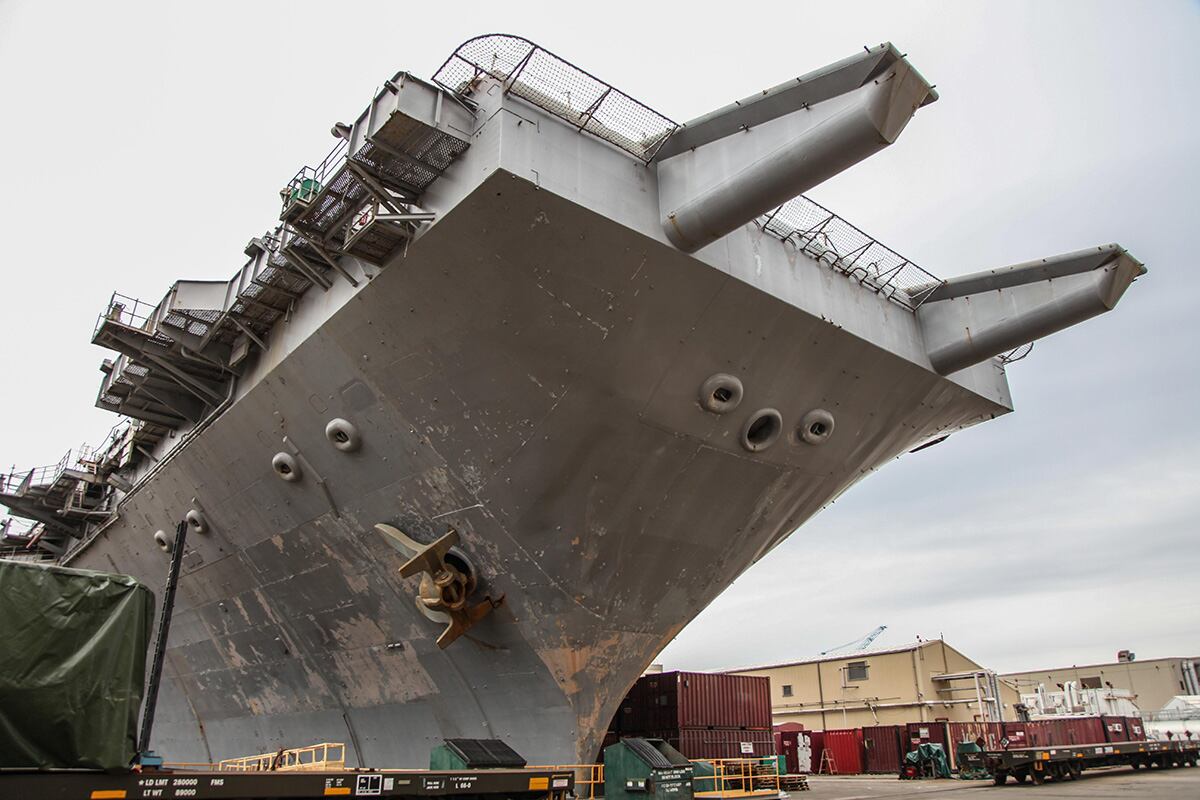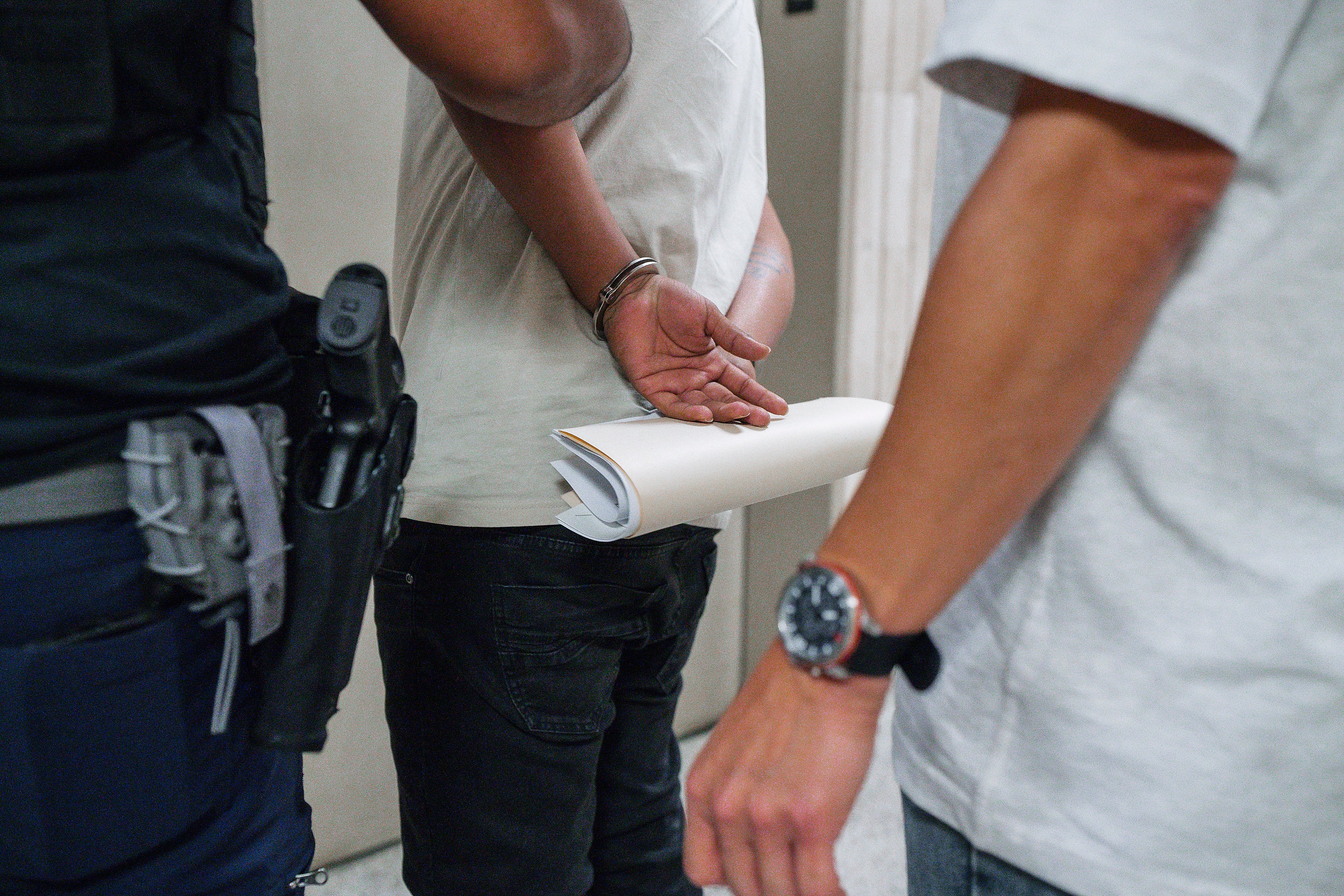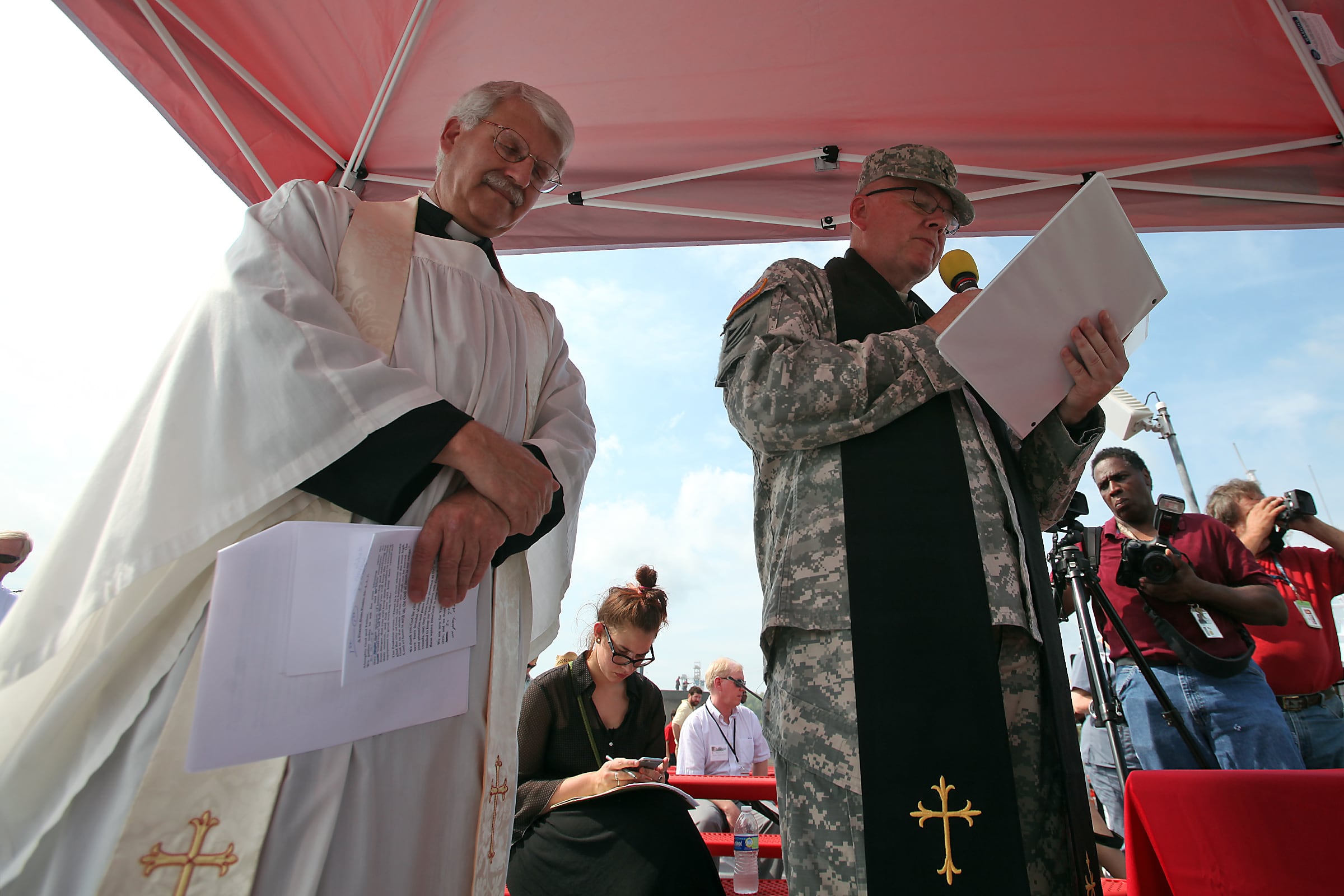BOISE, Idaho — On Idaho’s eastern side, between Blackfoot, Arco and Idaho Falls, lies an 890-square-mile tract that has played a big role in shaping the state’s economy, culture and politics.
The land, which belongs to the U.S. Department of Energy, is commonly known as the Idaho National Laboratory site.
In Idaho Falls, they simply call it “The Site.”
Some of the world's most important advancements in nuclear energy have taken place there over the past 70 years. It is still the nation's leading nuclear energy research laboratory, though its portfolio has diversified to include alternative energy and cybersecurity work.
It also has seen tragedy, including the only fatal nuclear accident in American history.
Why was The Site located in Idaho in the first place? That question was asked by reader Ron Griep of Eagle for the Idaho Statesman's new "Curious Idaho" project to answer readers' questions. It was the favorite among 269 readers who voted on three finalist questions from more than 100 the Statesman received.

WHY IDAHO?
The site became a federal installation early during World War II. In 1942, the U.S. Navy used some of the land to test cannons it had pulled off warships and fitted with new linings at a Pocatello plant. The site was unpopulated and only about 60 miles north of Pocatello — an ideal place to test the plant’s armaments.
After the war, Congress established the Atomic Energy Commission, whose role in part was to oversee the development of atomic and energy. In the commission's early days, though, its five members were mostly focused on the budding Cold War and building enough nuclear weapons to keep pace with the USSR, which had emerged from World War II as the United States' chief rival.
By the late 1940s, the commission was looking around the states for a place where it could build reactors and test their capabilities and risks. They needed a remote place with plentiful petroleum fuel, water and electrical power.
A list of about 20 candidate sites was trimmed to two finalists: Fort Peck, just north of the Missouri River in northeastern Montana; and Idaho's Naval Proving Ground, where cannon testing had all but stopped, according to author Susan Stacy's "Proving the Principle," the definitive history of Idaho National Laboratory.
The Idaho site had several advantages. The commission estimated it would cost $50 million less to develop than the Fort Peck site, Stacy wrote. Operations would cost less than in Montana, too. Towns like Idaho Falls, Arco, Blackfoot and Pocatello also offered better places to absorb the population growth that would come once the lab was under construction and, later, up and running.
The ‘PARTY PLAN’
On Feb. 18, 1949, the Atomic Energy Commission announced that it had chosen the Idaho site for the National Reactor Testing Station. It expected to spend $500 million on reactors, research facilities and other projects.
The commission sent Leonard Johnston, a veteran executive of the nation's early nuclear achievements, to Idaho to decide where to place the headquarters, which would include offices for the research mission's leaders.
The cities surrounding the site began lobbying for the privilege. Each had advantages. Arco, about 60 miles due west of Idaho Falls, was closest to the site. Pocatello had transfer warehouses, office buildings and other structures left over from the cannon-repair plant that could be used. Blackfoot had a paved road linking it directly to the center of the site.
But while those cities held events and brought out dignitaries to promote their candidacy, none schmoozed quite as much as Idaho Falls did.
The Chamber of Commerce concocted what would become known as the "party plan," according to "Proving the Principle." Business leaders, including the publisher of the local newspaper, the Post Register, threw cocktail parties and luncheons for Johnston. They took him on tours of the city's sights, including a new civic auditorium. They bragged about schools and parks.
"Guest lists were carefully crafted to include the young wives in town who were 'as winsome as possible,'" Stacy wrote. "In Idaho Falls, AEC scientists would not be destitute denizens of a cultural desert, but would be eagerly embraced by a friendly and hospitable town with everything going for it."
Idaho Falls created an impressive illusion: a road to the site. Before Johnston's arrival, attorney and chamber leader Bill Holden arranged for road graders to "go to the western edge of town where they moved sufficient dirt around to give a convincing impression that the road to Arco was under construction," according to "Proving the Principle."
"The road seemed, for all practical purposes, a fait accompli. Holden's orchestration was so thorough that some of the vehicles appeared to be regular daily traffic already using the road for routine business."
MILESTONES AND TRAGEDY
Johnston picked Idaho Falls that spring.
Two and a half years later, one of the most important milestones in the history of nuclear energy occurred on the site. On Dec. 20, 1951, the Experimental Breeder Reactor became the world's first power plant to produce electricity with atomic energy.
Jan. 3, 1961 brought a horrific accident. Three operators were killed in a steam explosion and meltdown at the Stationary Low-Power Reactor No. 1, known informally as SL-1. The accident remains the only nuclear mishap in United States history to result in immediate deaths.
Rumors emerged that a love triangle involving two of the operators and a wife rendered one of them so despondent and jealous that he pulled out the reactor's control rods — essentially, its brakes — in a murder-suicide sabotage. Those rumors were never confirmed.
Over the years, the federal government built and operated dozens of reactors on the site. Most have been decommissioned, though the site is still home to the Advanced Test Reactor, where nuclear researchers from all over the world come to test reactor materials and fuels.
RELATED

BEYOND NUCLEAR POWER
INL is now the country's lead nuclear-energy research laboratory. It employs thousands of workers — engineers, scientists, support staff and cleanup crews responsible for removing and shipping out of state thousands of tons of radioactive and hazardous waste long buried at the site.
Federal nuclear energy research still makes up the core of INL's $1.2 billion operating budget, but other missions have grown. Those include developing better batteries, charging infrastructure, low-energy manufacturing, electric vehicles, alternative fuels, space-exploration technologies and cybersecurity for industrial systems.
Less than half the lab's budget is now earmarked for nuclear research, Lab Director Mark Peters told the Statesman. Recently, a company called NuScale Power proposed building an array of small reactors that would work together to produce as much power as a traditional large reactor. The earliest that plant would be operational is 2026, Peters said.
Despite a waning interest in nuclear energy in the United States, Peters said, countries like China and Saudi Arabia are building nuclear plants. And the Idaho National Laboratory offers them a valuable service.
“I’d like INL to be the place that, even if they don’t deploy significantly in the U.S., they still want to demonstrate in the U.S.,” Peters said.





